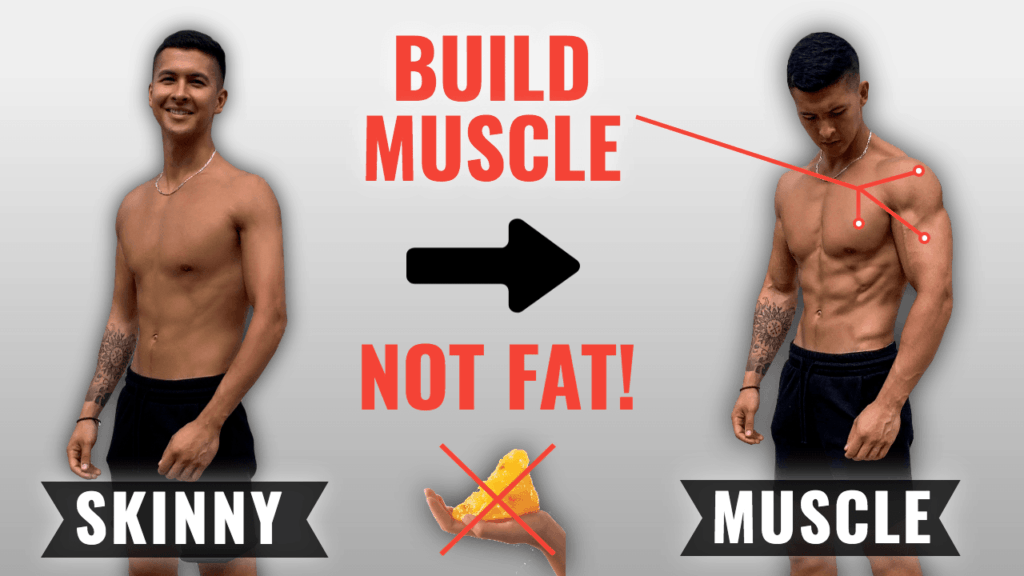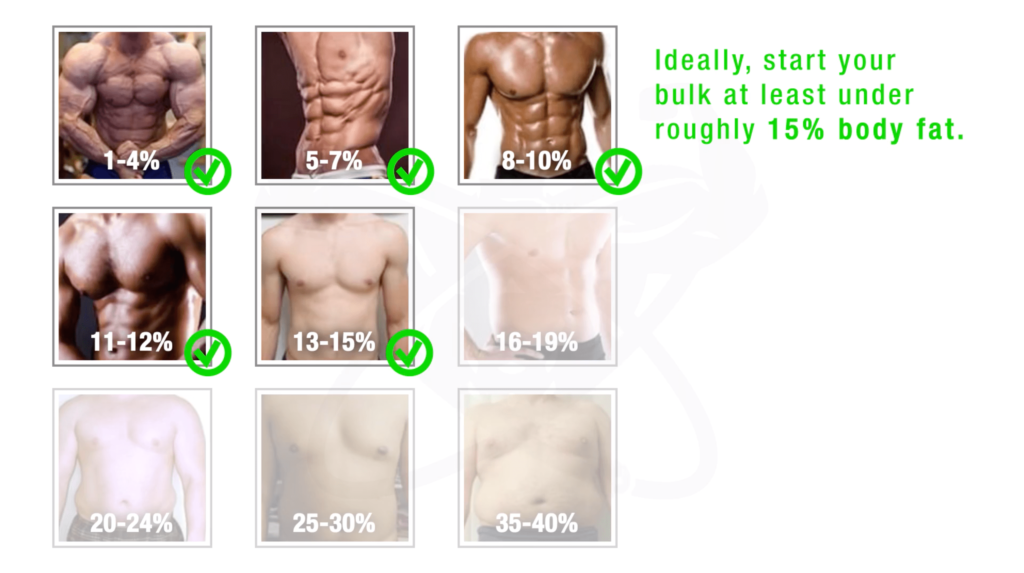How Do I Bulk Without Getting Fat

For individuals seeking to increase muscle mass, the challenge often lies in achieving that goal without accumulating excess body fat. The process, commonly known as "clean bulking," requires a strategic approach to diet and exercise. It necessitates a careful balance between providing the body with the necessary nutrients for muscle growth and avoiding a surplus that leads to unwanted fat storage.
The central question for aspiring muscle builders is: How can one effectively bulk up while minimizing fat gain? This article delves into the key principles and practical strategies that underpin successful clean bulking, drawing on expert advice and scientific understanding.
Understanding the Basics of Clean Bulking
Clean bulking isn't merely about eating more; it's about eating smart. This approach involves a calculated caloric surplus, focusing on nutrient-dense foods, and incorporating a well-structured resistance training program.
It’s a marathon, not a sprint. Sustainable muscle growth takes time and consistent effort.
Caloric Surplus: The Foundation of Muscle Growth
To build muscle, the body needs more energy than it expends. This is achieved through a caloric surplus, meaning consuming more calories than you burn daily. The key is to find the right balance.
According to registered dietitian Dr. Sarah Williams, "A modest surplus of 250-500 calories per day is generally recommended for clean bulking. This range allows for muscle growth without excessive fat gain."
Consuming too many calories quickly can lead to unnecessary fat accumulation.
Macronutrient Ratios: Fueling Muscle Growth
The macronutrient composition of your diet – the ratio of protein, carbohydrates, and fats – plays a crucial role in clean bulking. Protein is essential for muscle repair and growth, while carbohydrates provide energy for workouts and replenish glycogen stores.
Healthy fats support hormone production and overall health. Most experts recommend aiming for a macronutrient breakdown of approximately 40% protein, 30% carbohydrates, and 30% fats.
Individual needs may vary based on activity level and metabolism.
Food Choices: Prioritizing Nutrient Density
Not all calories are created equal. Opting for nutrient-dense foods is critical for clean bulking. These foods provide essential vitamins, minerals, and fiber, supporting overall health and optimizing muscle growth.
Lean protein sources like chicken breast, fish, and beans should form the cornerstone of your diet. Complex carbohydrates such as whole grains, sweet potatoes, and quinoa provide sustained energy.
Healthy fats from avocados, nuts, and olive oil support hormone function and satiety.
The Role of Resistance Training
While diet is essential, resistance training is the catalyst that drives muscle growth. Consistent and progressive weightlifting stimulates muscle protein synthesis, the process by which the body repairs and builds muscle tissue.
Aim for at least three to four resistance training sessions per week, focusing on compound exercises that work multiple muscle groups simultaneously. Squats, deadlifts, bench presses, and overhead presses are all excellent choices.
Gradually increase the weight or resistance as you get stronger to continue challenging your muscles.
Tracking Progress and Making Adjustments
Clean bulking requires consistent monitoring and adjustments to ensure optimal results. Tracking your weight, body composition, and progress in the gym is crucial for staying on track.
Weigh yourself regularly, but don't rely solely on the scale. Body composition analysis, such as measuring body fat percentage, can provide a more accurate picture of your progress.
According to Dr. Emily Carter, a sports performance specialist, "If you're gaining weight too quickly or noticing excessive fat gain, reduce your caloric intake slightly. If you're not gaining weight at all, increase your calories gradually."
The Importance of Sleep and Recovery
Adequate sleep and recovery are often overlooked but are just as important as diet and training. During sleep, the body repairs and rebuilds muscle tissue.
Aim for at least 7-9 hours of quality sleep per night. Prioritize stress management and incorporate rest days into your training schedule to allow your body to recover fully.
Ignoring sleep and recovery can hinder muscle growth and increase the risk of injury.
Potential Challenges and How to Overcome Them
Clean bulking isn't always straightforward. Individuals may encounter challenges such as plateaus in muscle growth, difficulty tracking calories, or cravings for unhealthy foods.
To overcome plateaus, consider adjusting your training program, trying new exercises, or increasing the intensity of your workouts. Use a food scale and tracking app to accurately measure your calorie intake.
Plan ahead, prepare healthy meals, and find healthy alternatives to satisfy cravings.
Conclusion
Clean bulking is a strategic and disciplined approach to building muscle while minimizing fat gain. By focusing on a moderate caloric surplus, prioritizing nutrient-dense foods, engaging in consistent resistance training, and prioritizing sleep and recovery, individuals can achieve their muscle-building goals without sacrificing their physique.
It requires patience, consistency, and a willingness to adjust your approach as needed. Remember that everyone's body is different.
What works for one person may not work for another. Consult with a registered dietitian or certified personal trainer for personalized guidance and support.


















